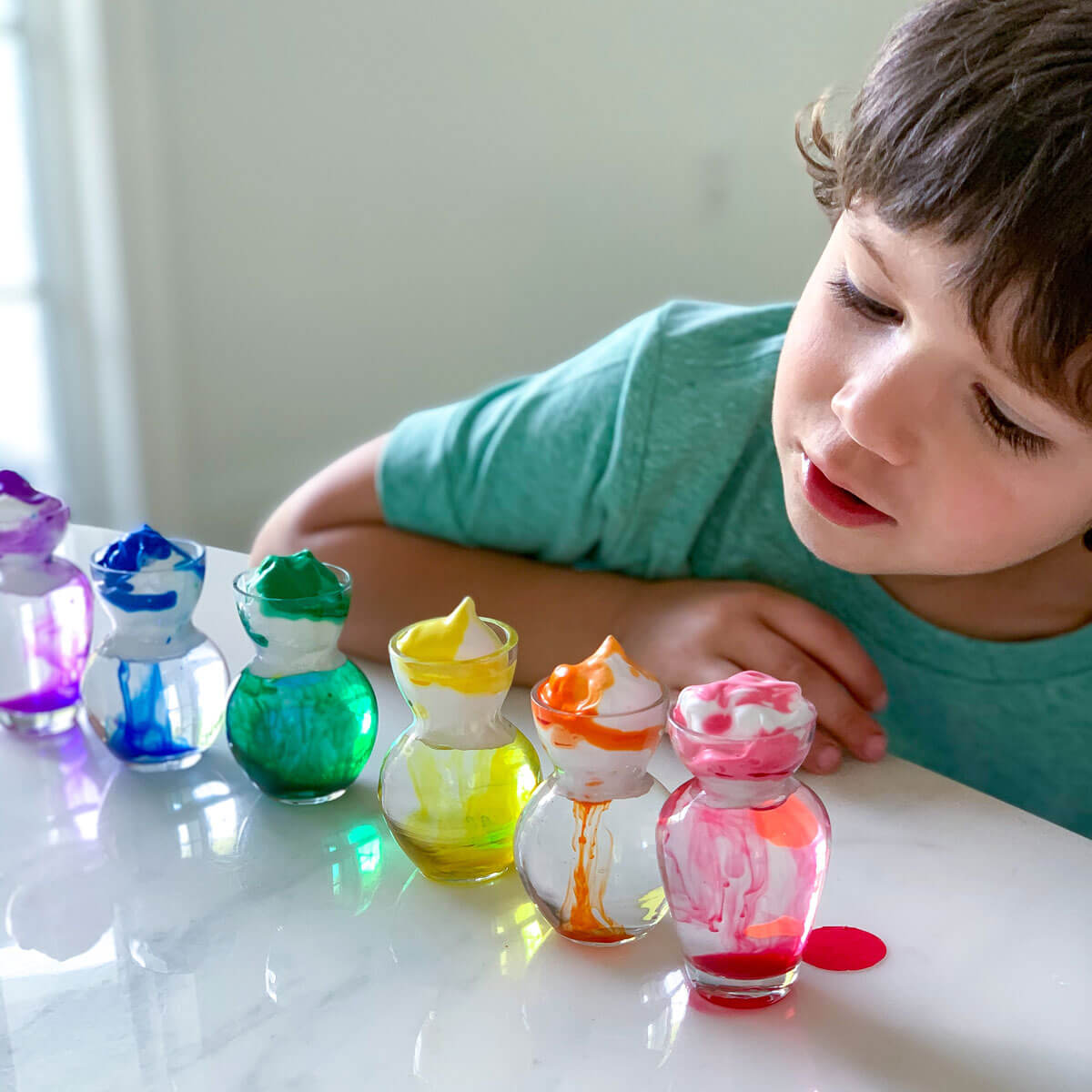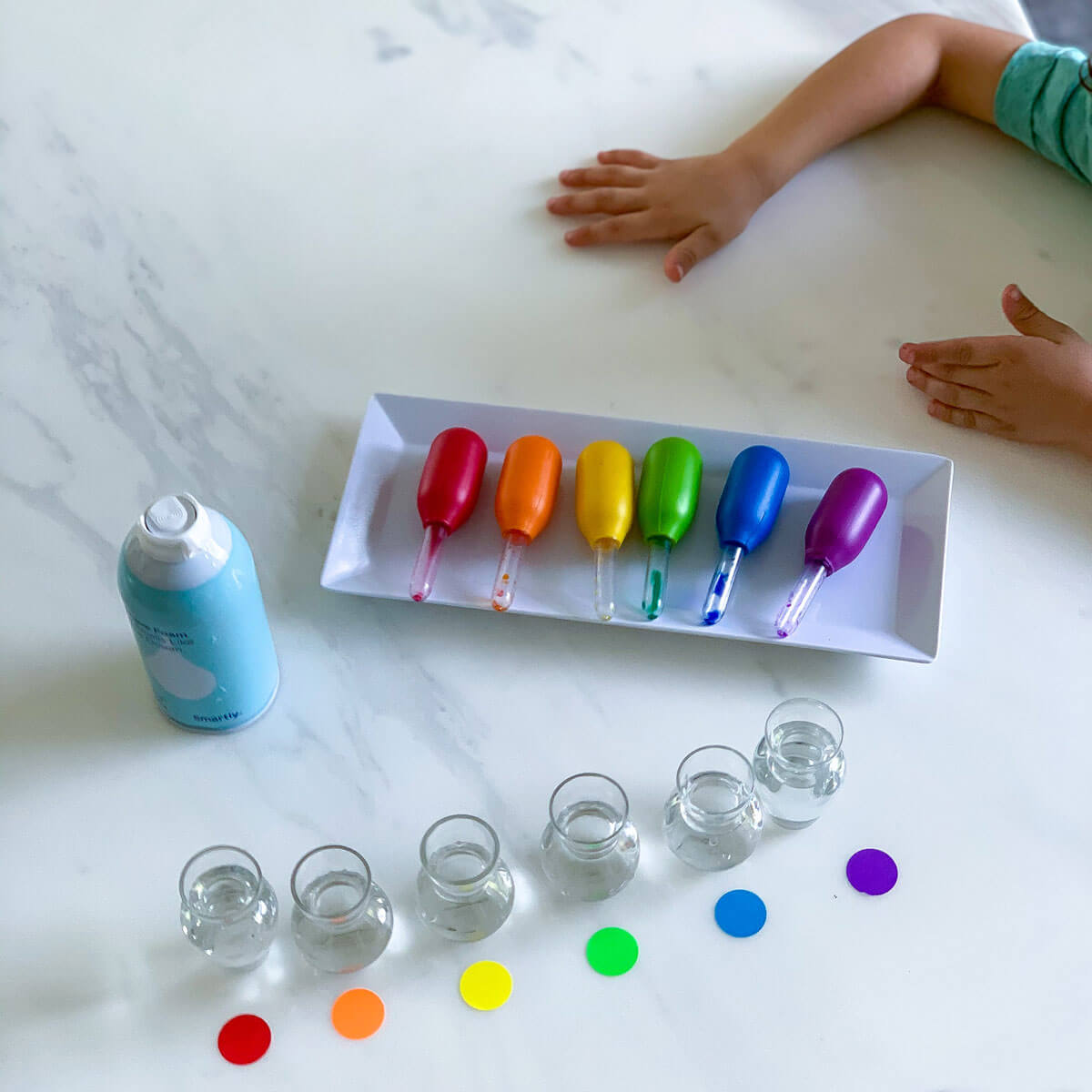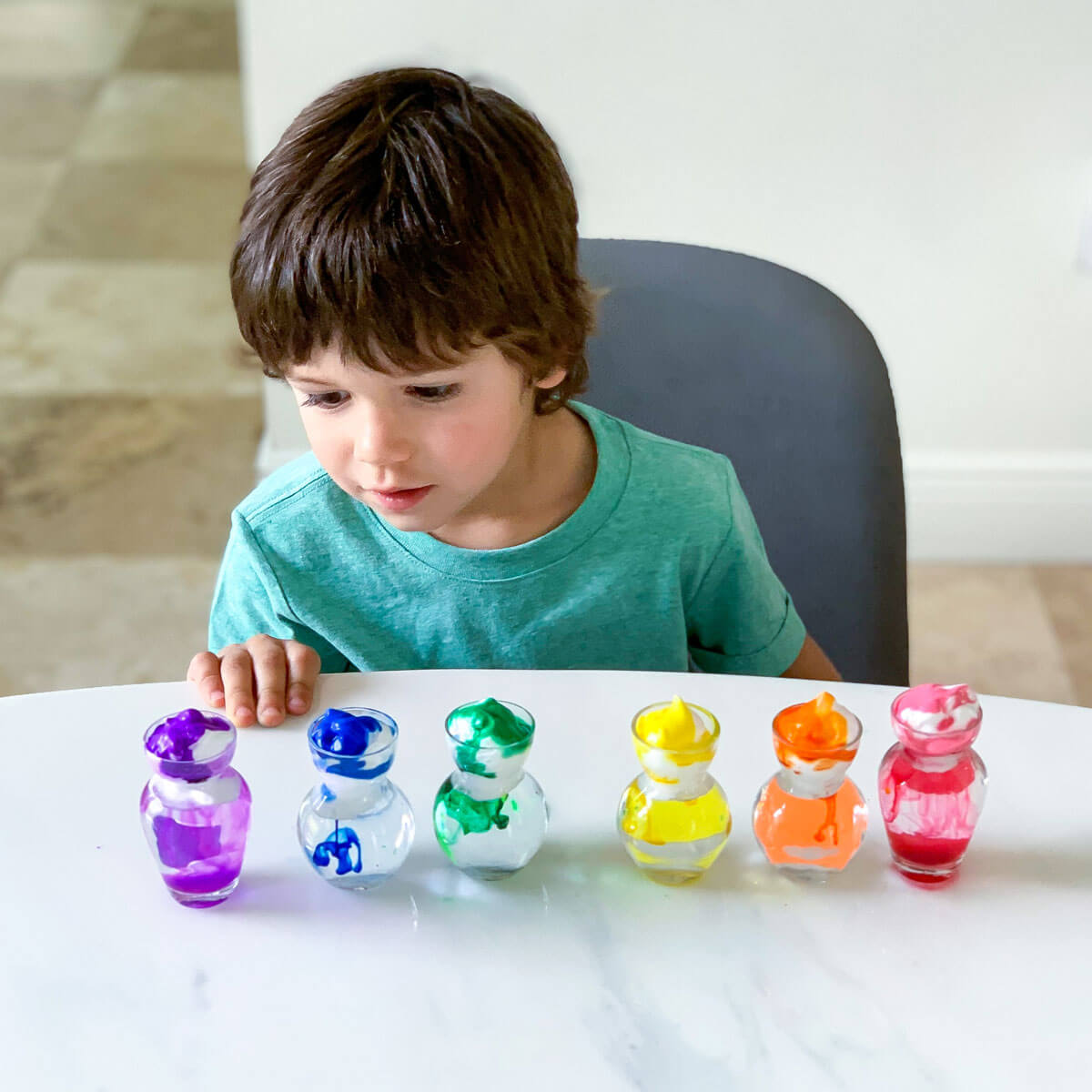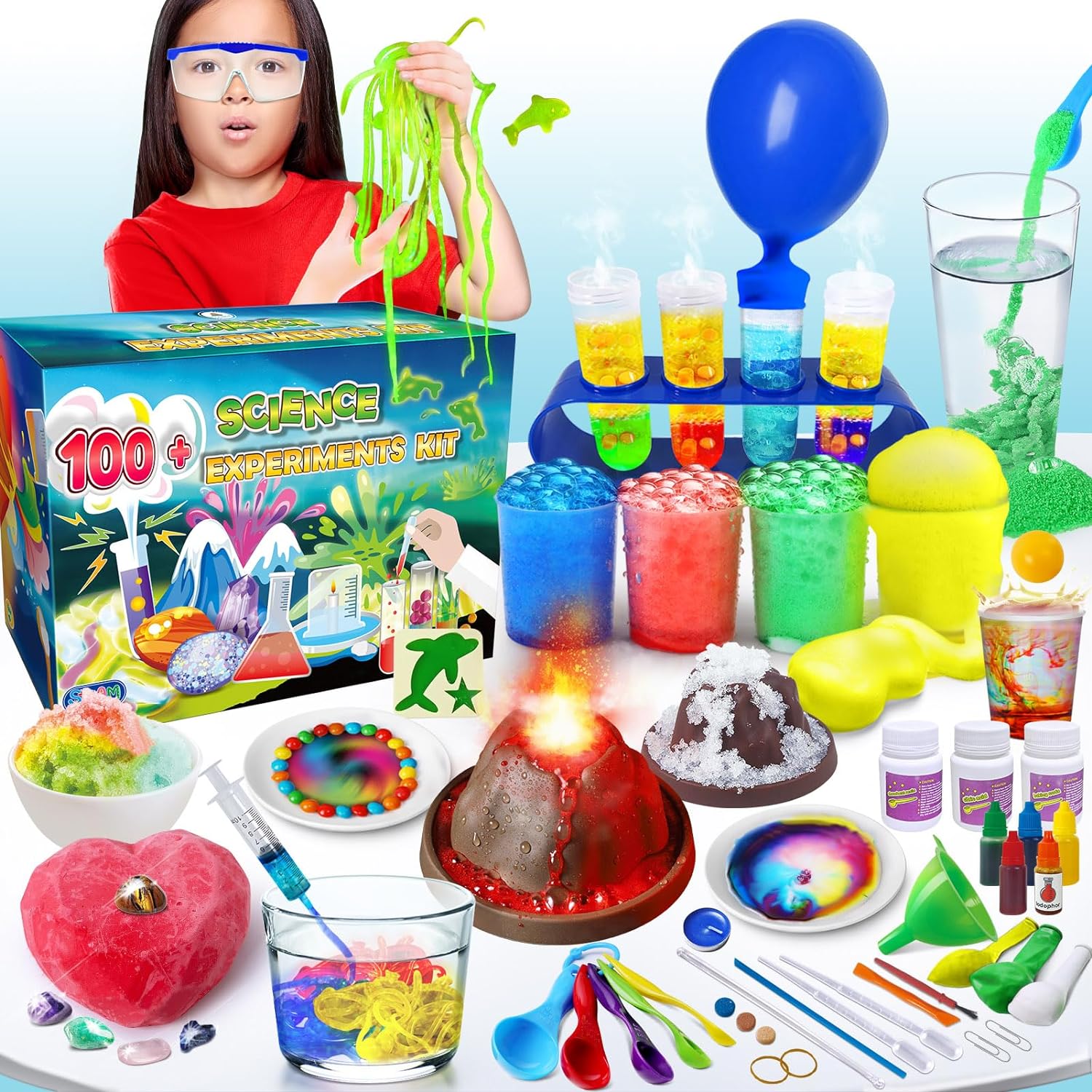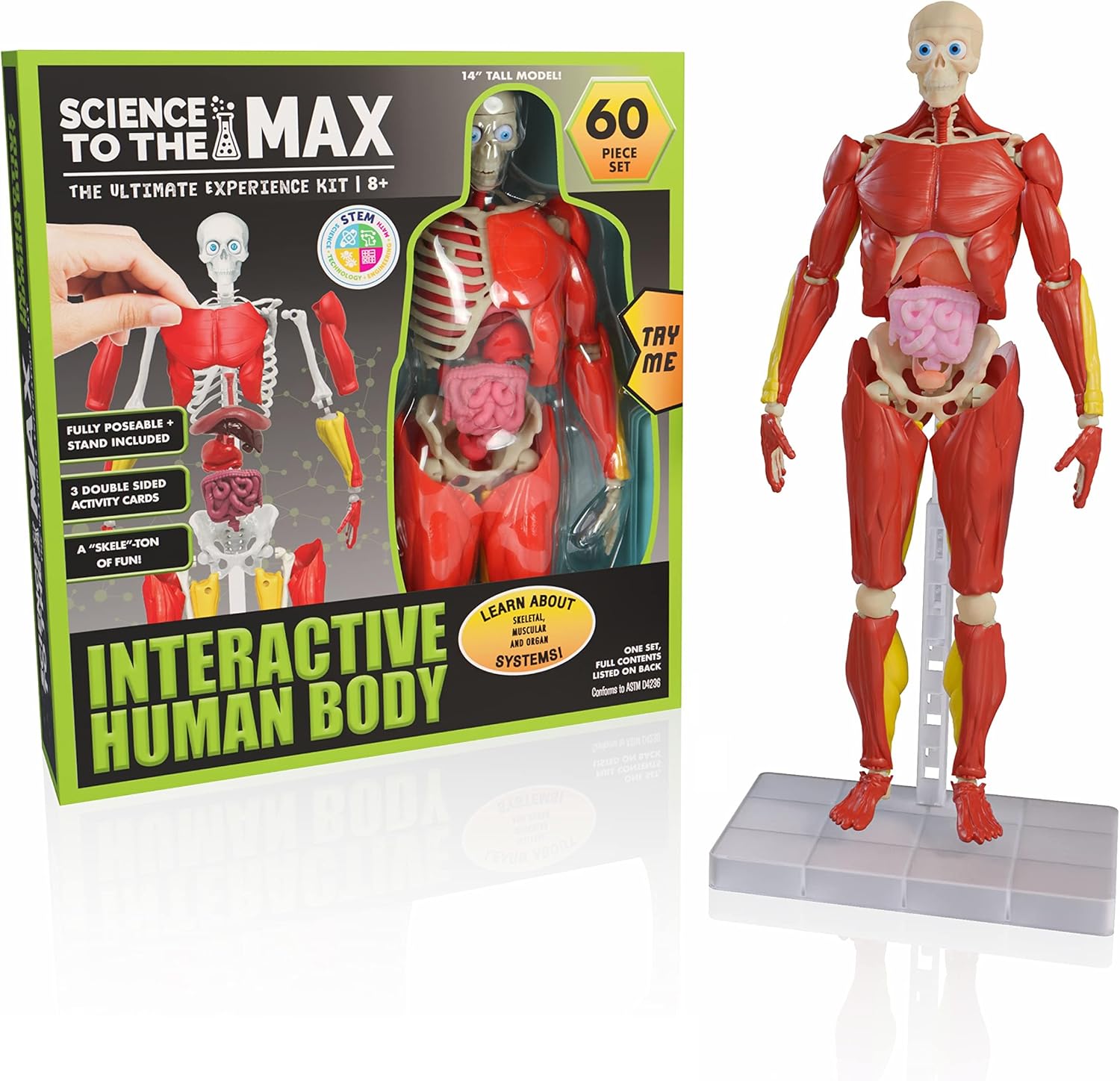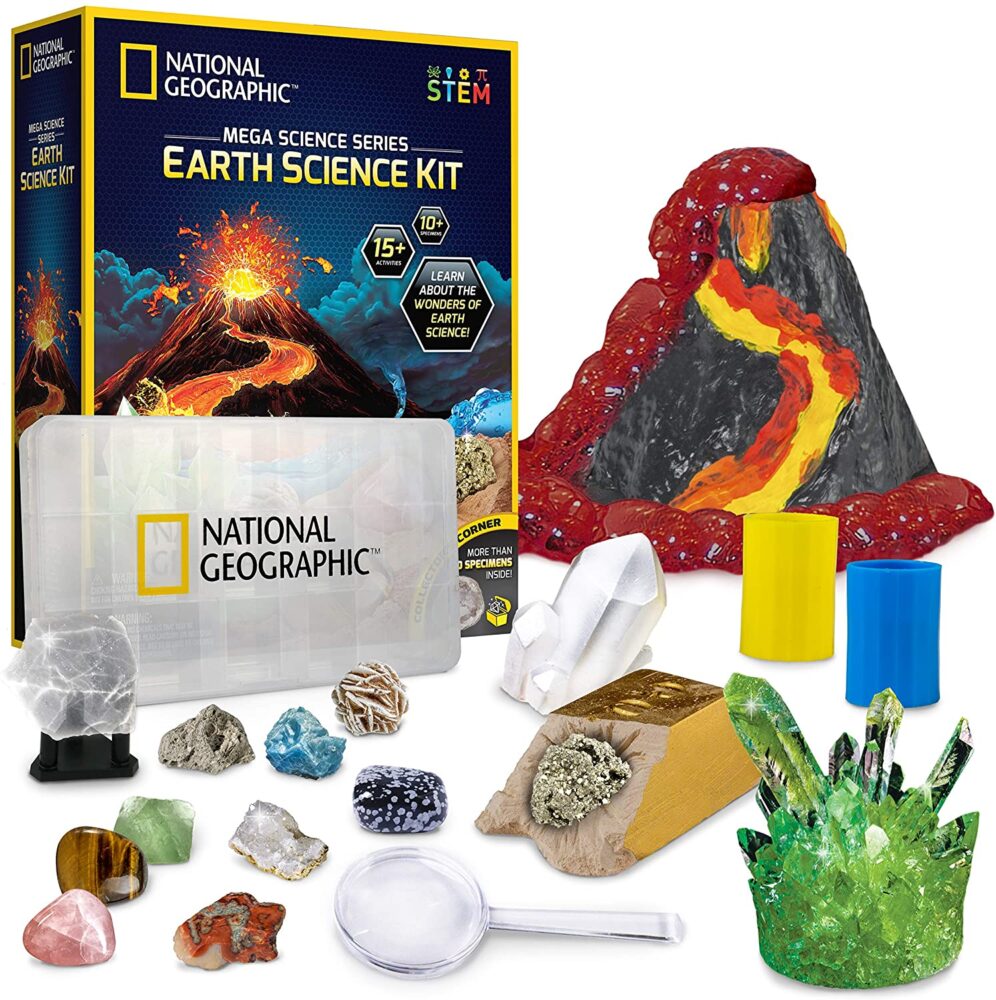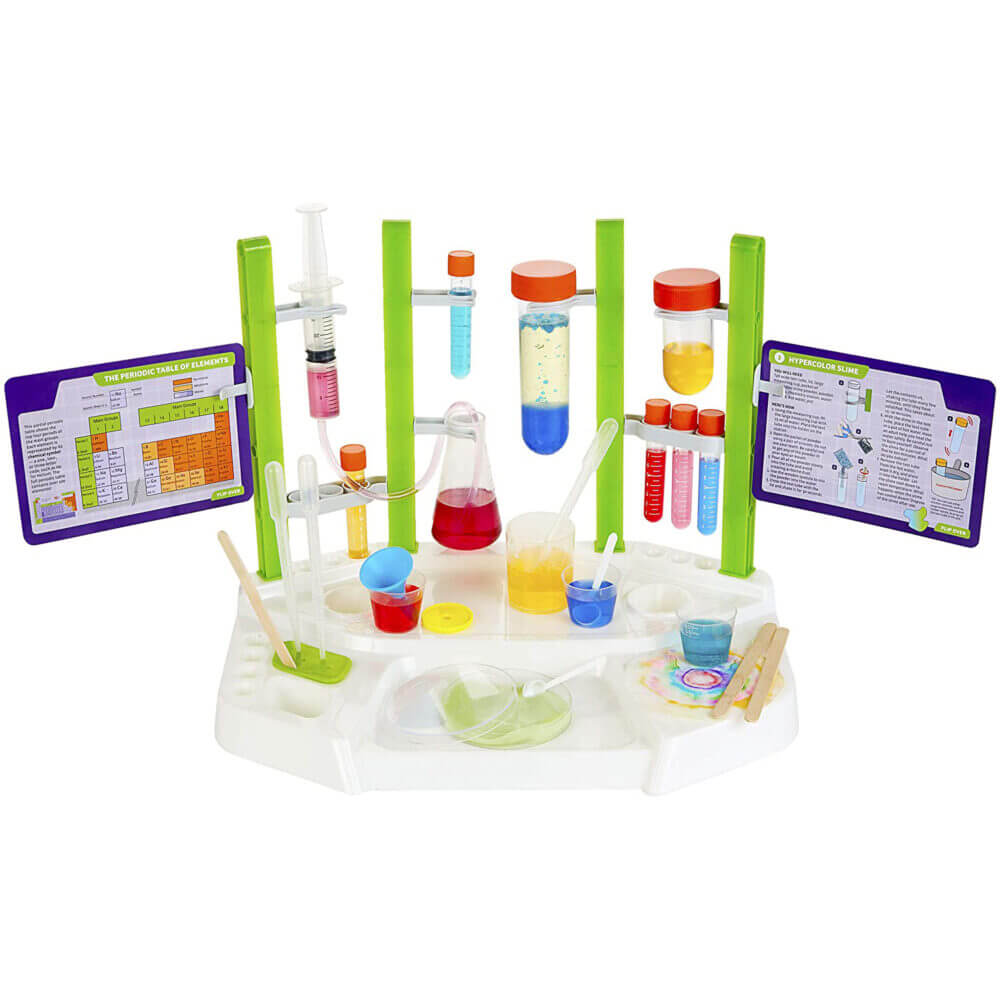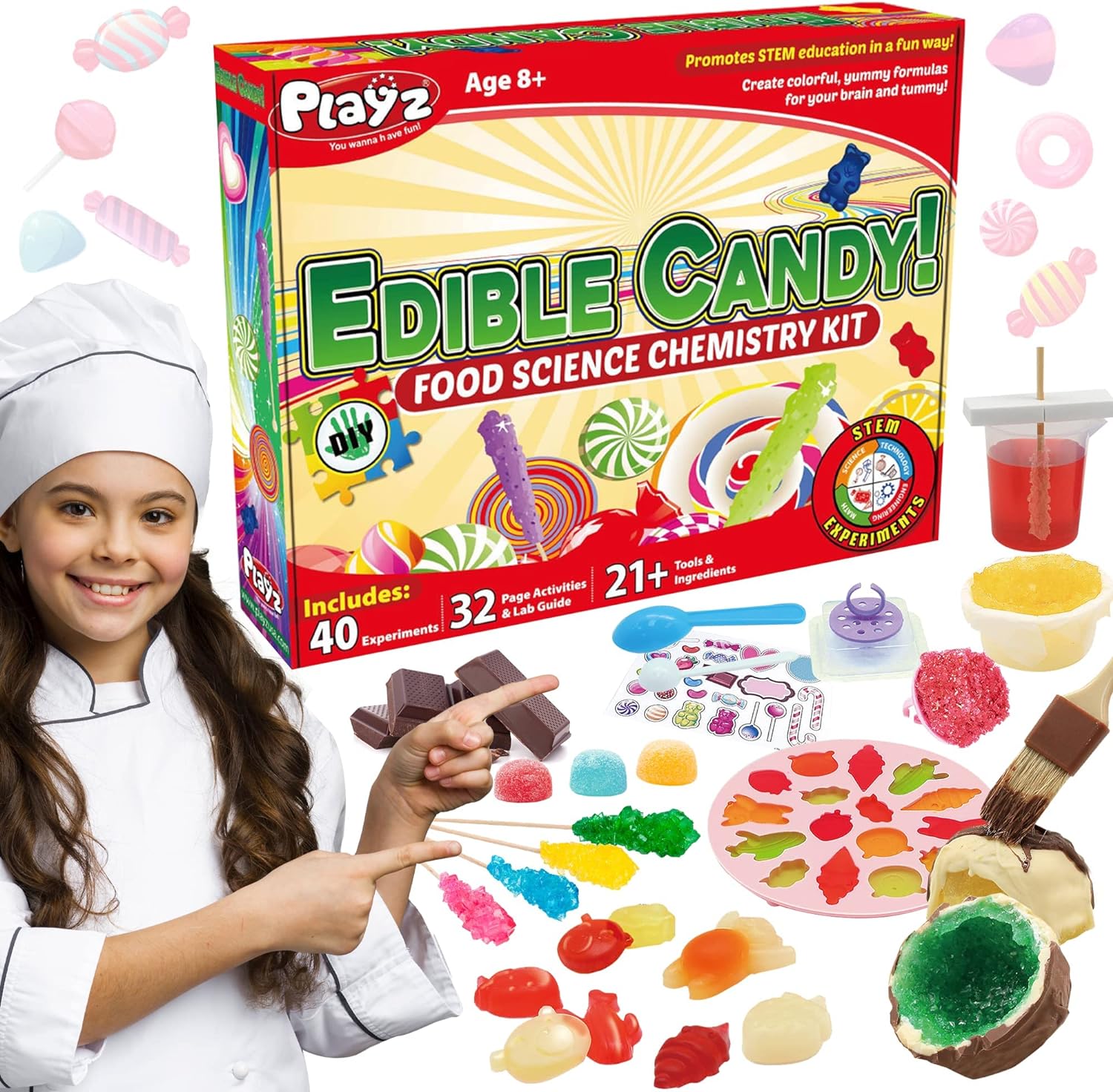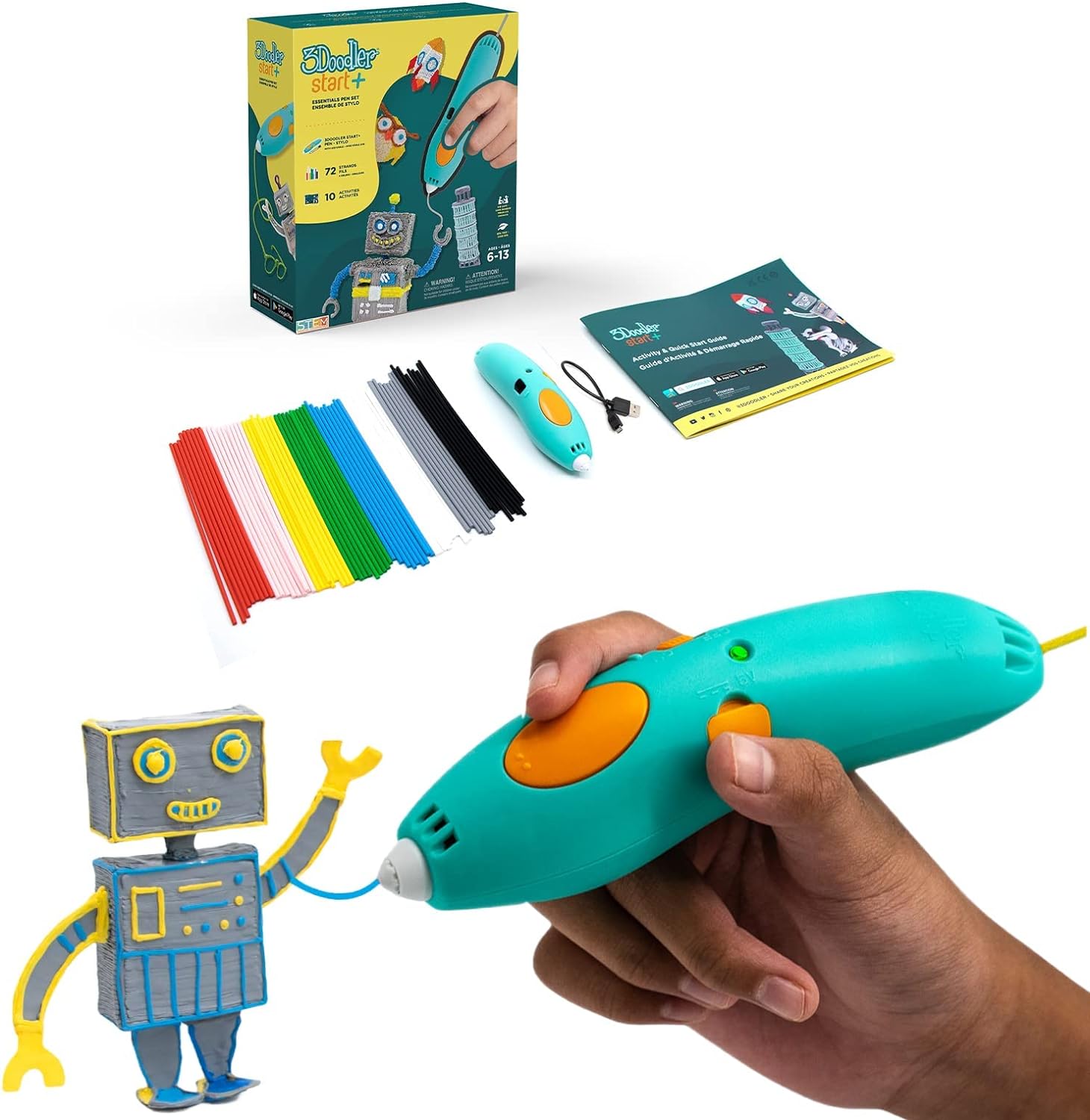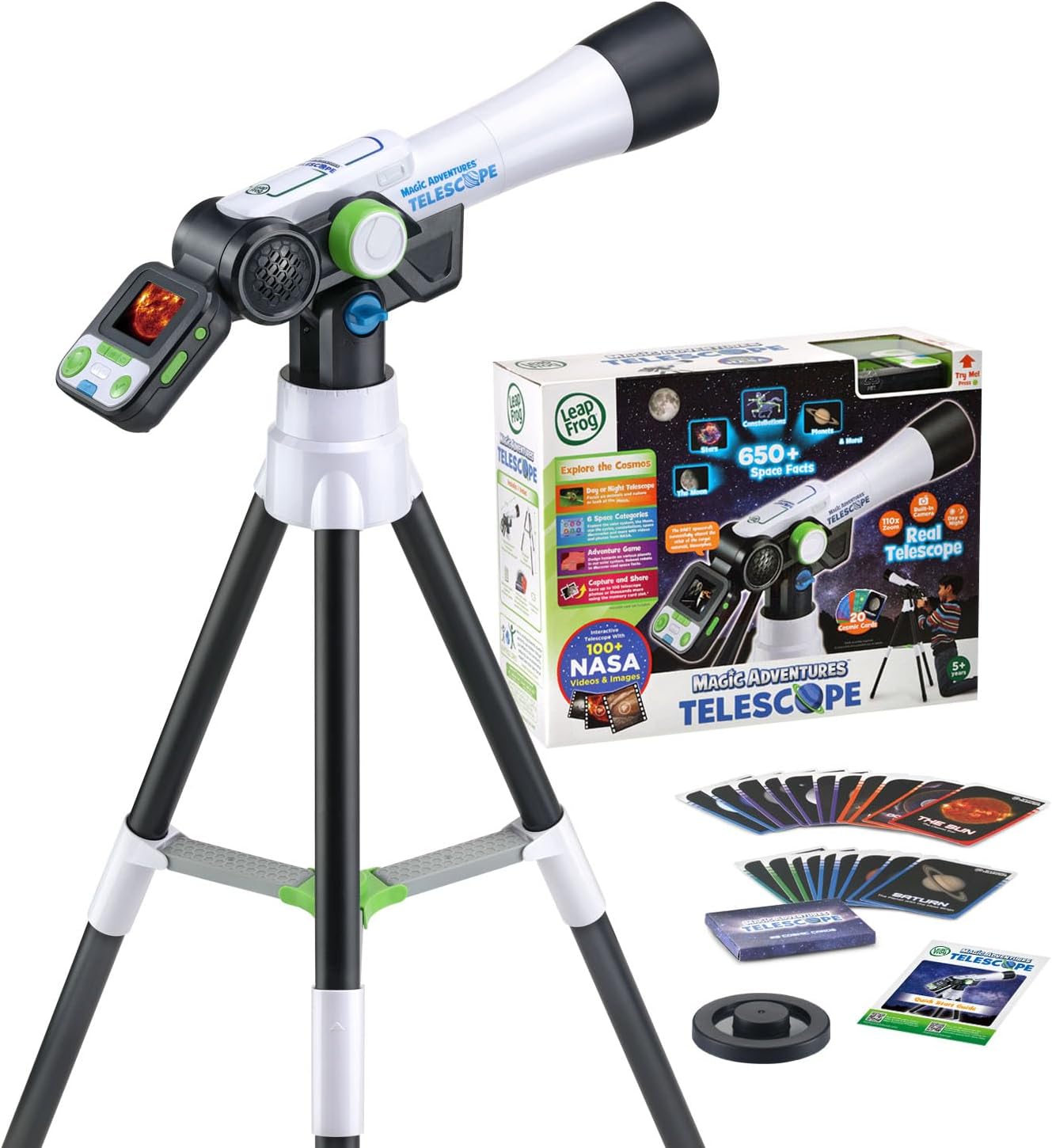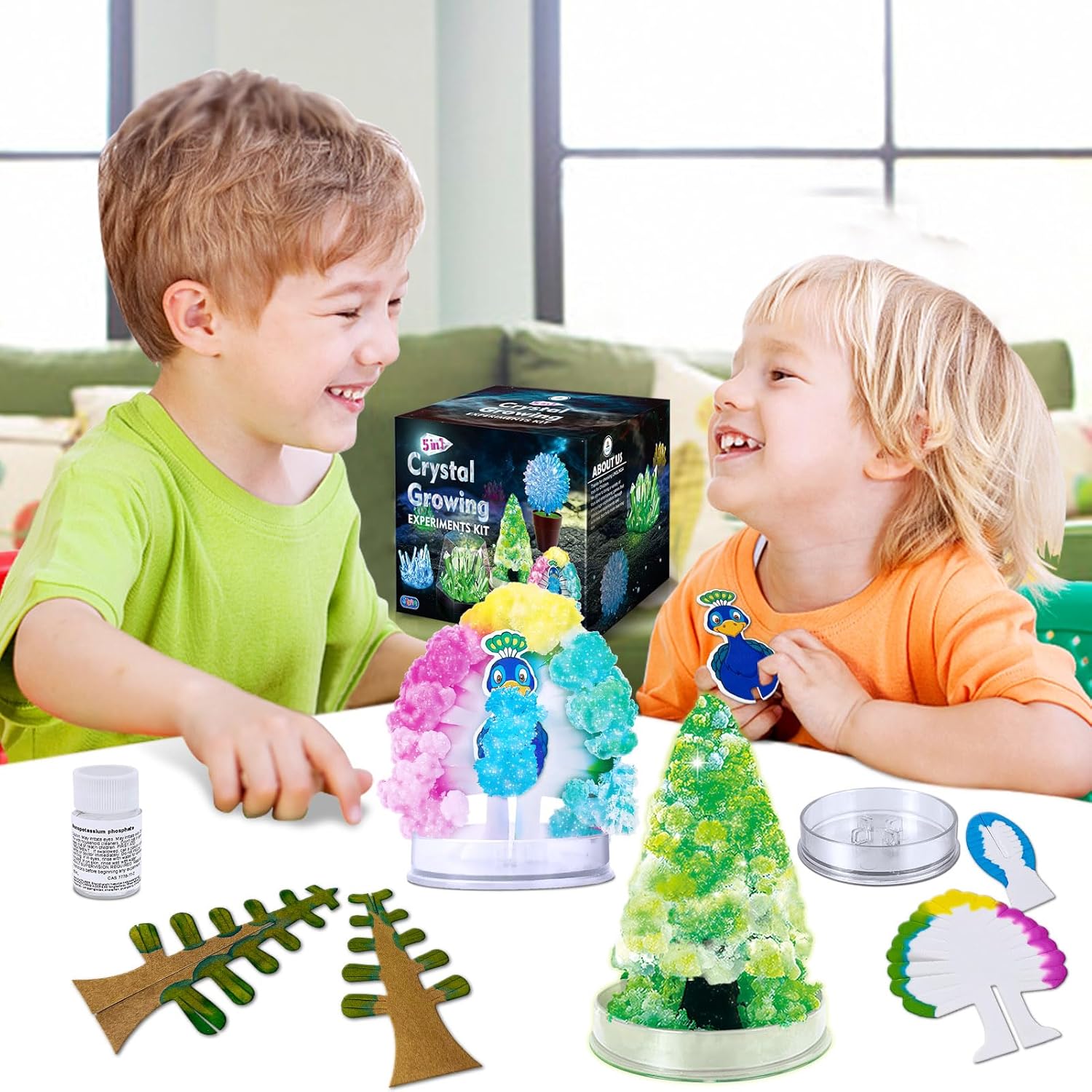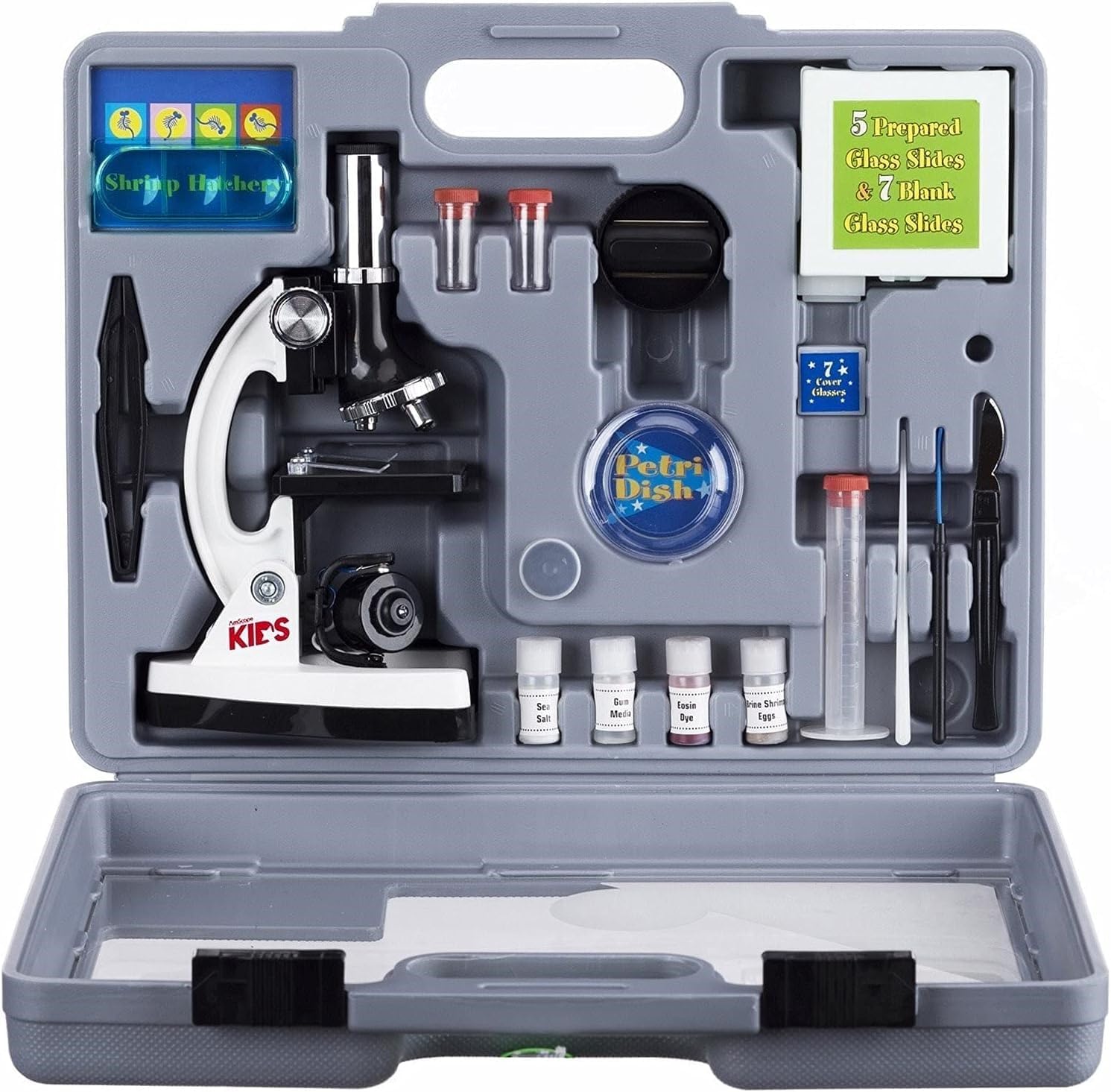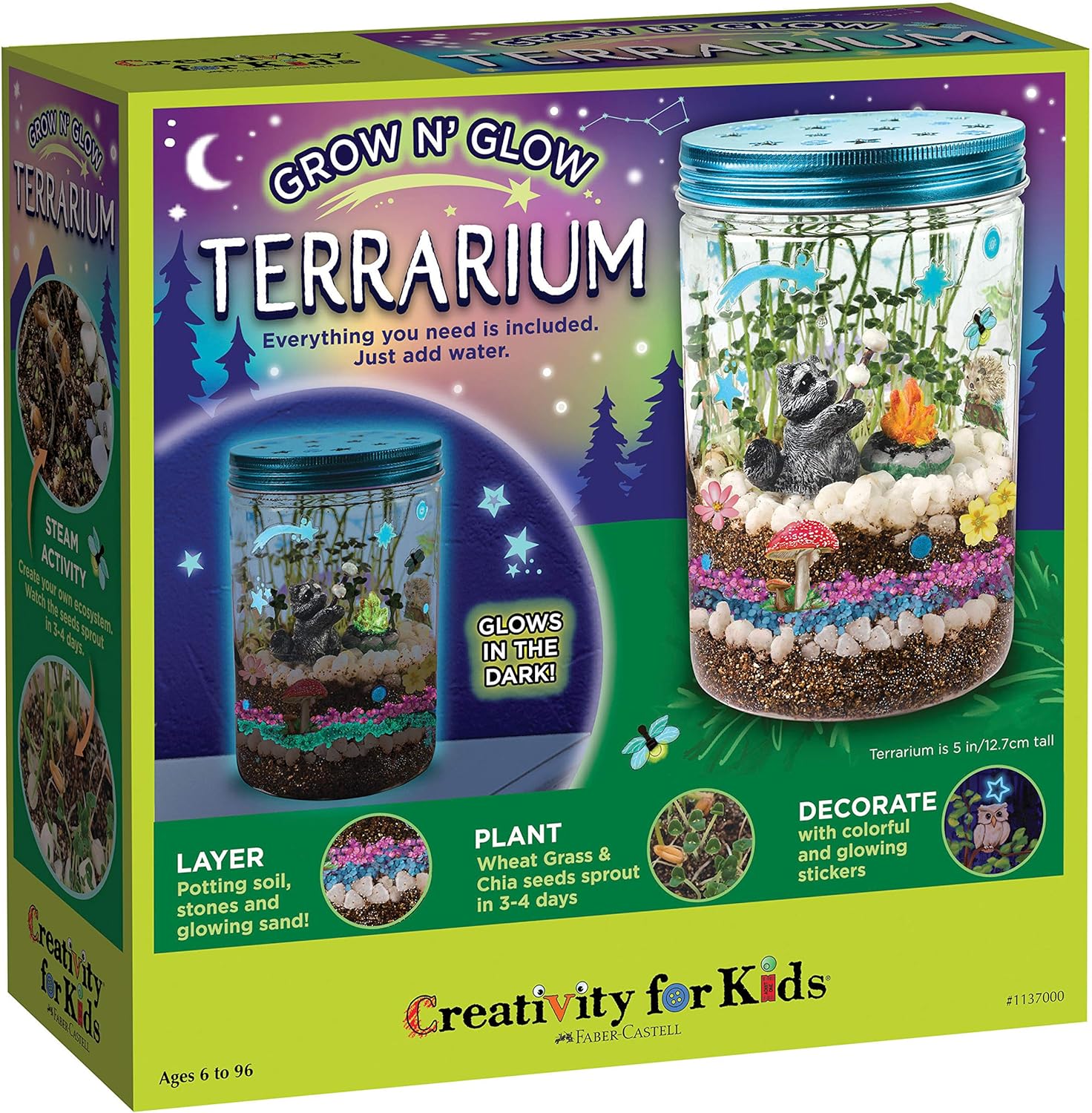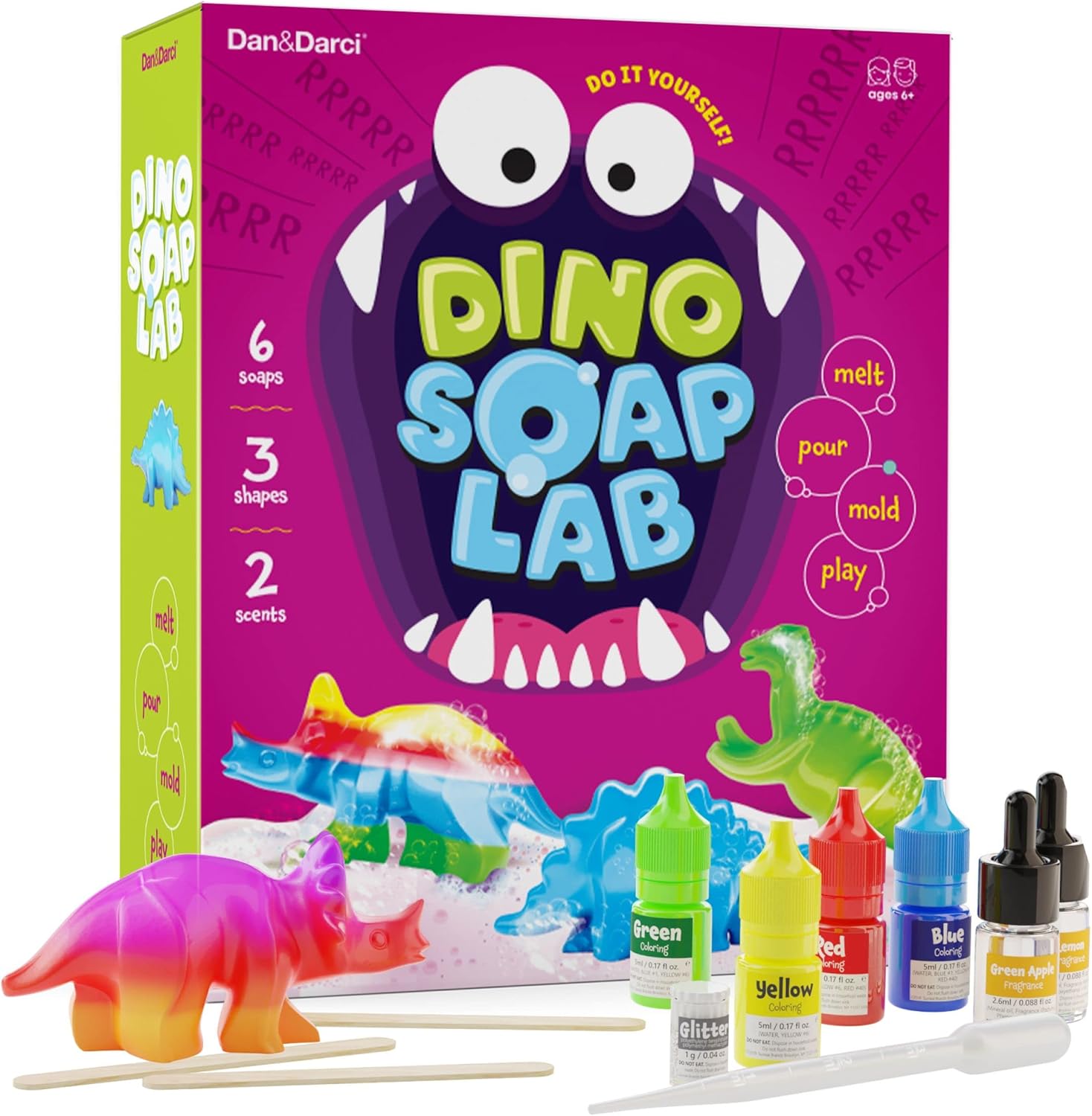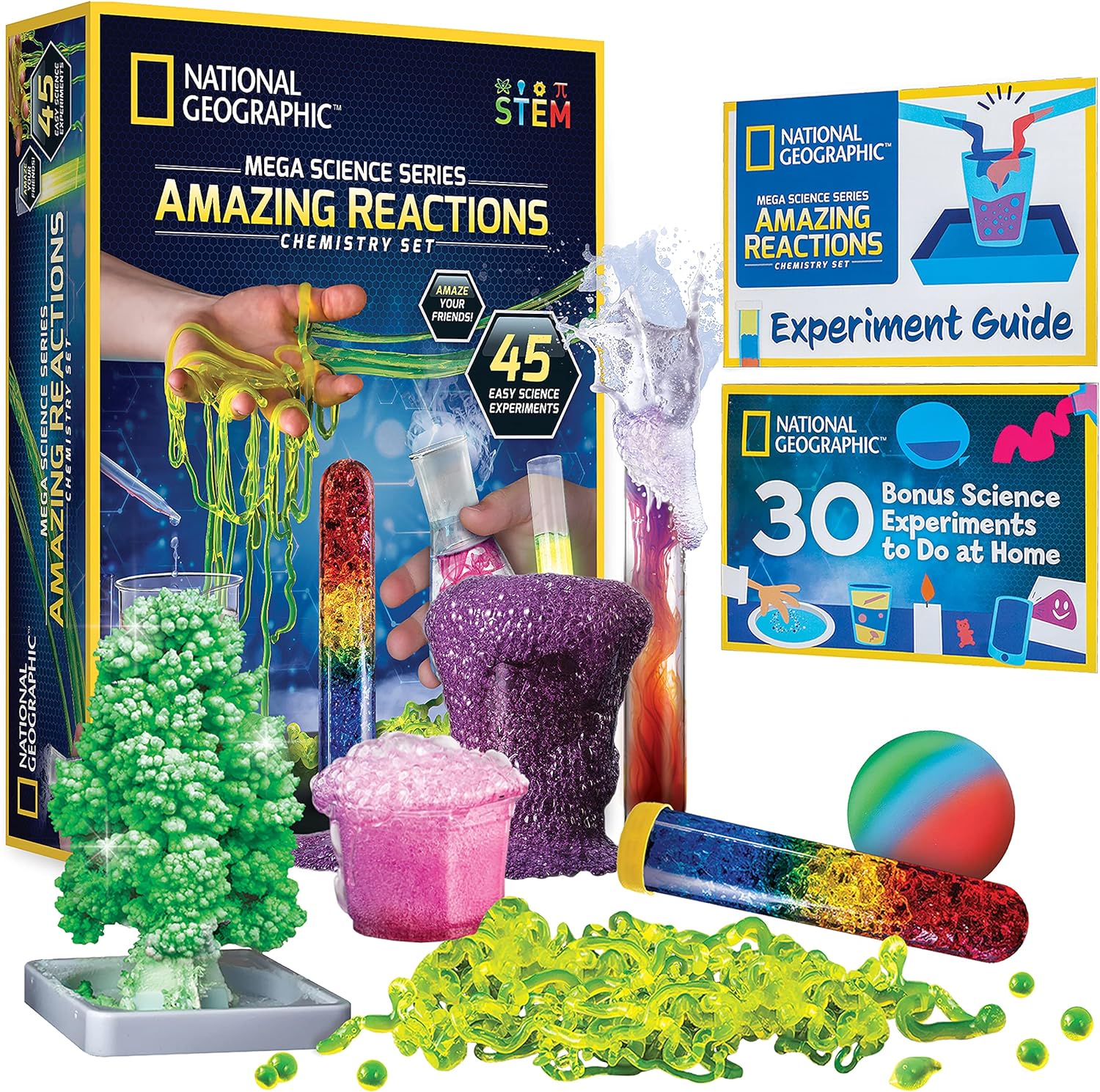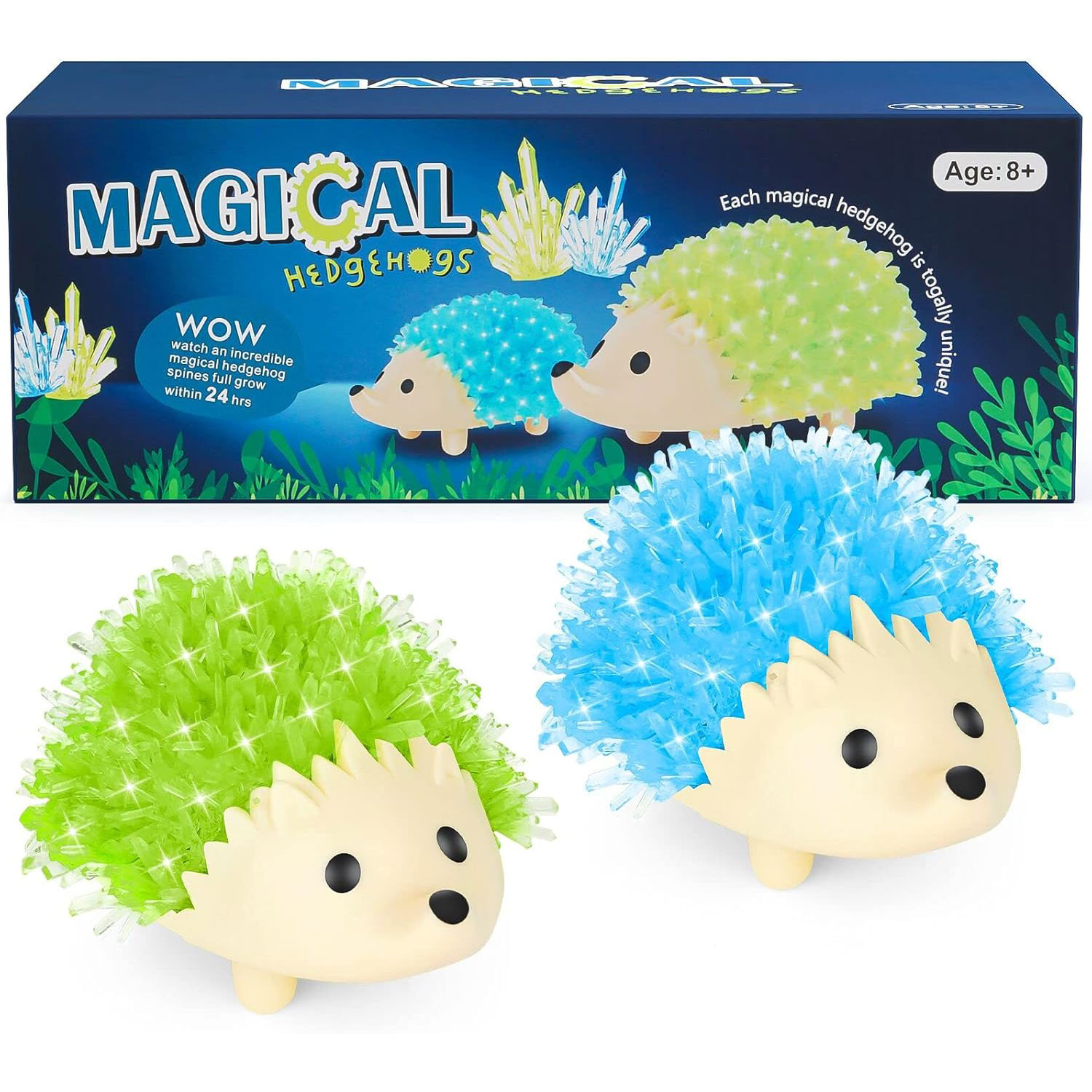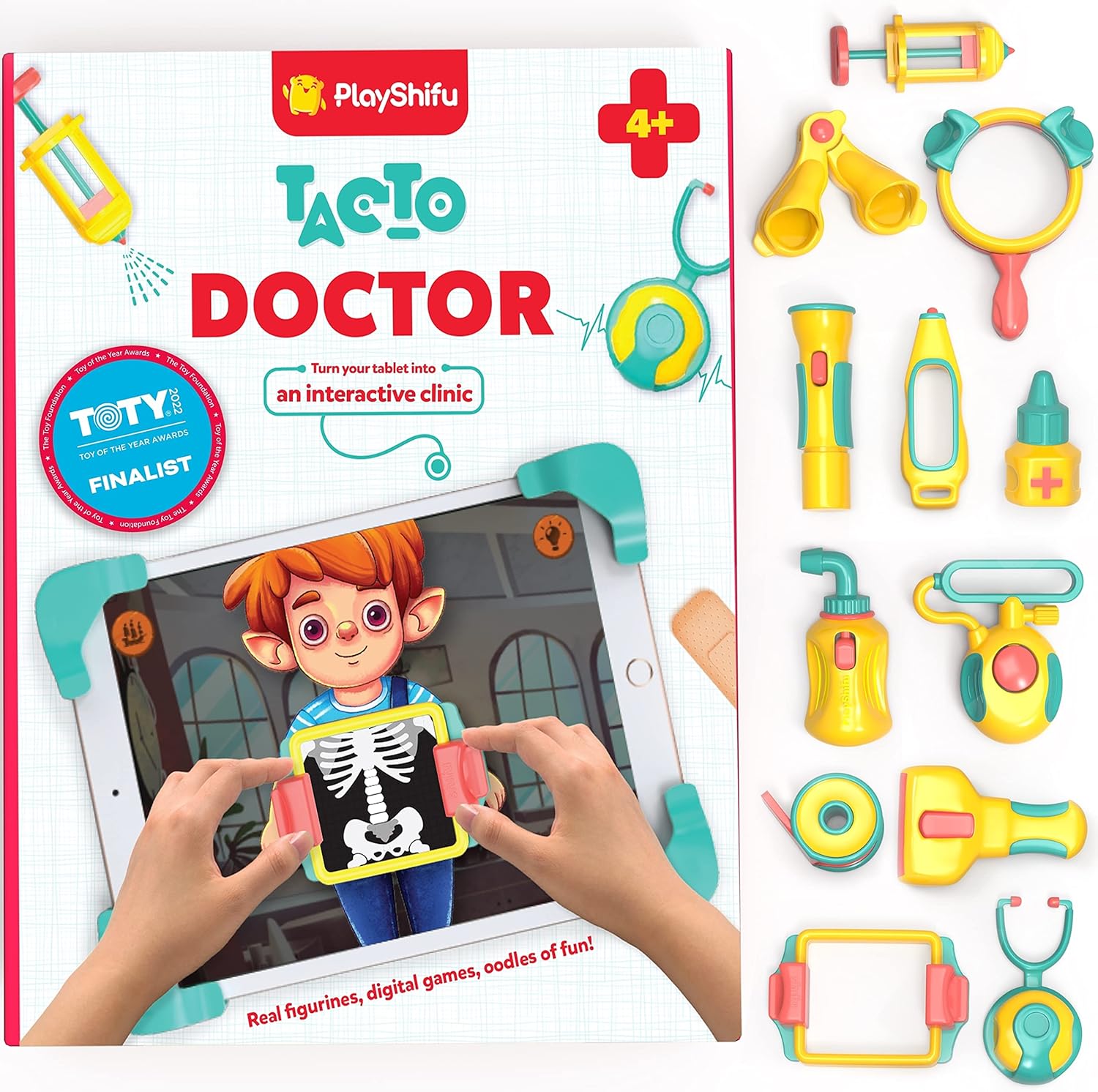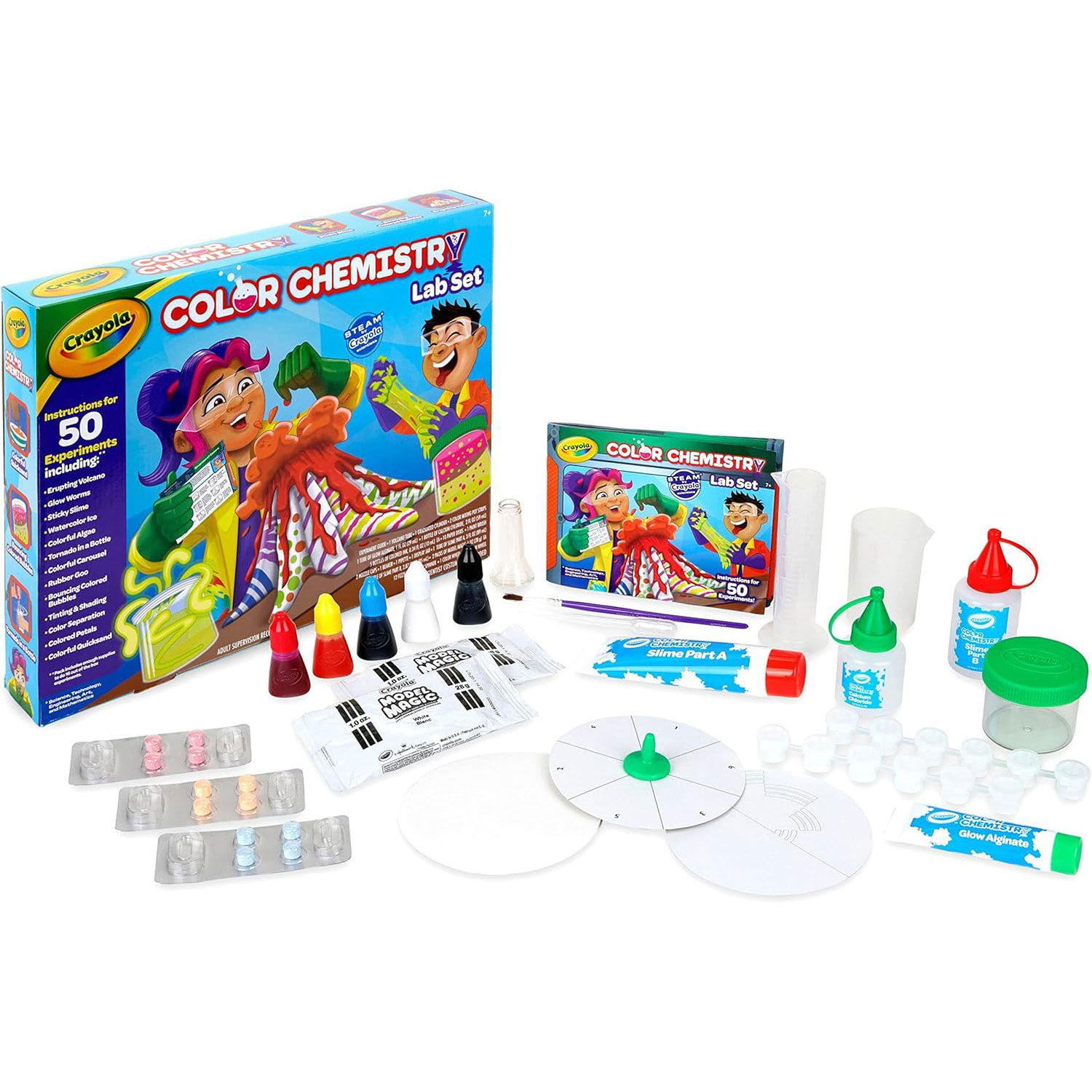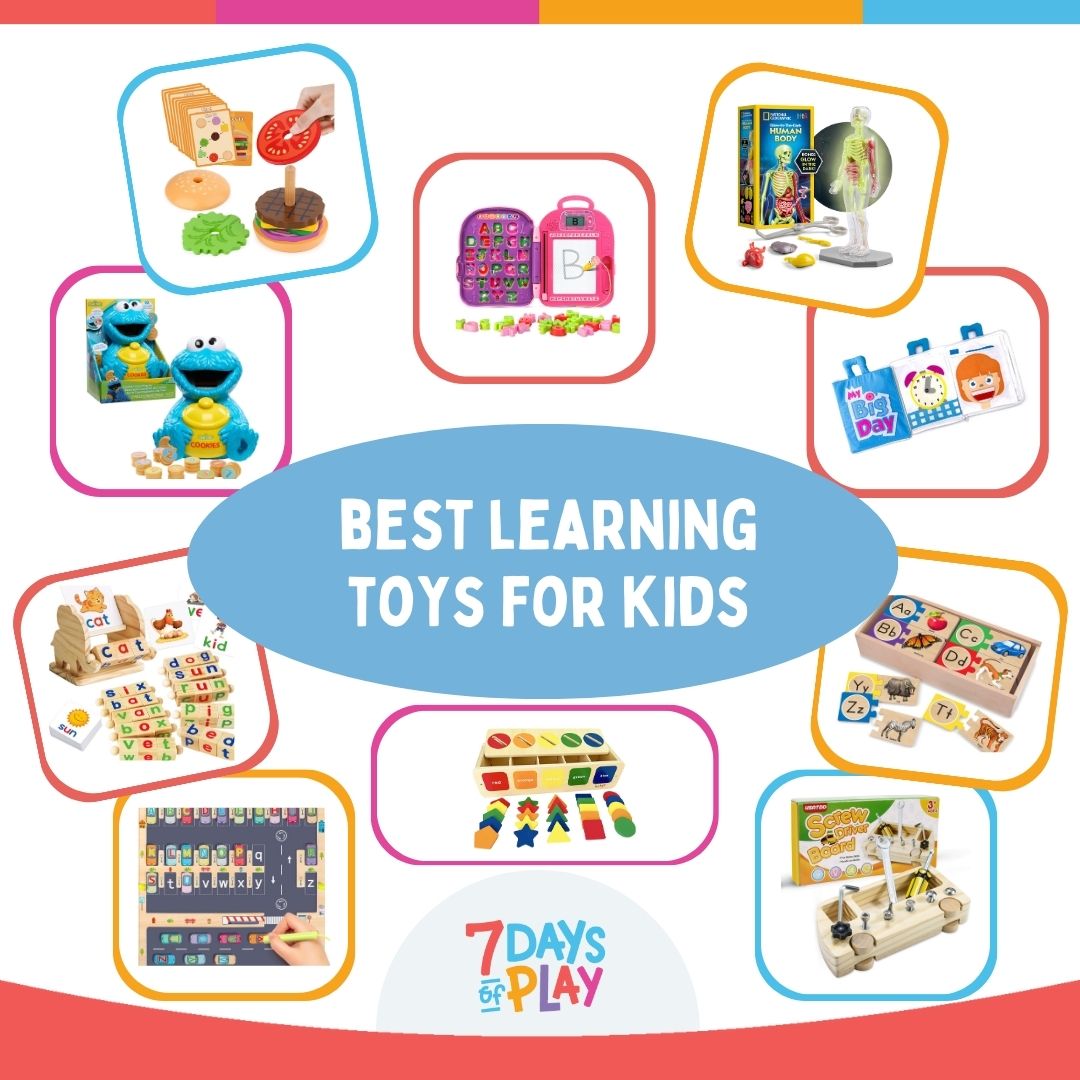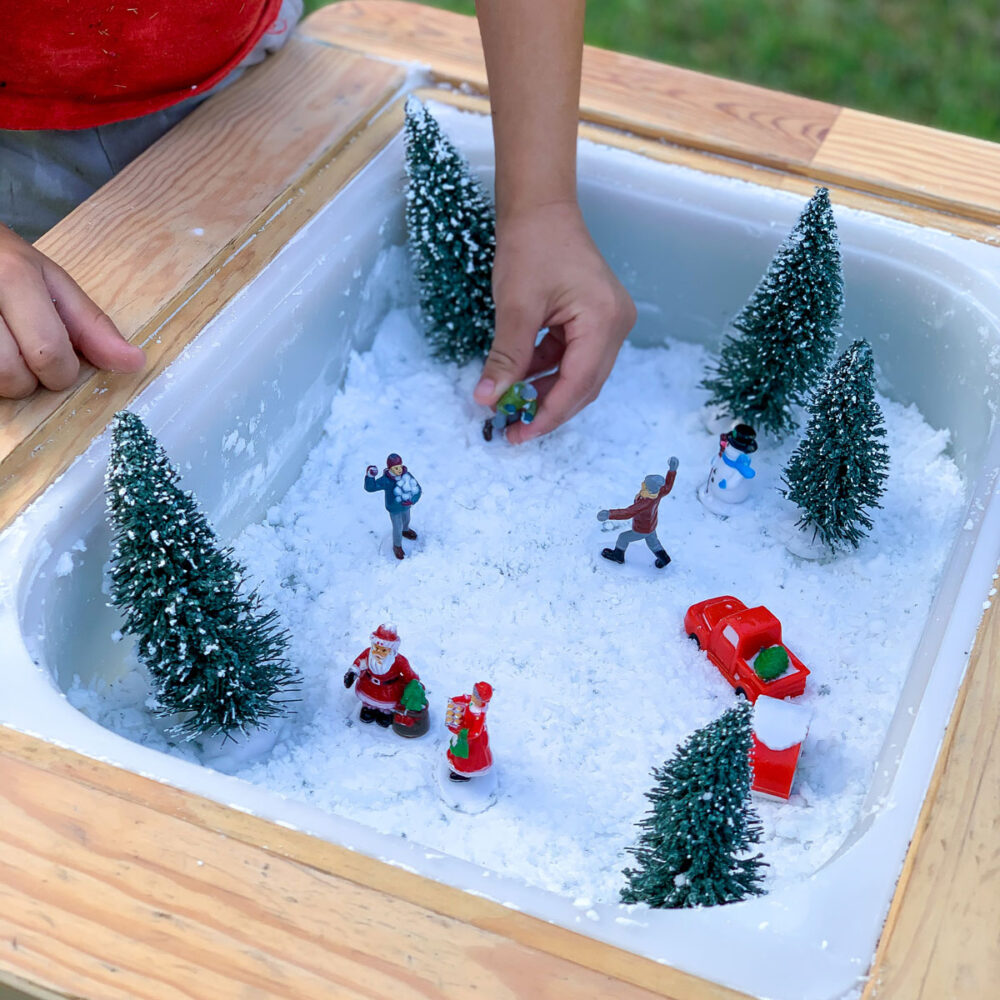Rain Cloud Experiment – Colorful Shaving Cream Science
This shaving cream rain experiment is a fun way to learn about clouds and rainfall! Make it vibrant by using all the colors of the rainbow!
Easy to Set Up Rain Cloud Experiment
This rain cloud experiment is a fun way to demonstrate how rain falls through clouds. Best part for grown ups? It is super easy to set up! Whether you are creating one rain cloud or 6 like us, it only takes a few minutes to get everything together.
I love that the supplies are simple and readily available so that you can conduct the experiment over and over again if you want to!
All activities should be supervised by an adult. As an Amazon Associate I earn from qualifying purchases. This post may contain affiliate links.
Watch How to Create This Rain Cloud Experiment
Watch this video to see how kids as young as 3 can get involved in creating and observing this experiment.
My 3 year old enjoyed spraying the shaving cream (with my help!) and using large droppers to place the food coloring “rain” on top of the “rain cloud.”
How to explain the science in preschool terms? If a cloud gets heavy enough, rain will fall from it!
Watch How to Create This Rain Cloud Experiment
Watch this video to see how kids as young as 3 can get involved in creating and observing this experiment.
My 3 year old enjoyed spraying the shaving cream (with my help!) and using large droppers to place the food coloring “rain” on top of the “rain cloud.”
How to explain the science in preschool terms? If a cloud gets heavy enough, rain will fall from it!
Tips for Setting Up This Rain Cloud Experiment
Clear Container. We decided to explore what rain would look like in every color of the rainbow, so I set aside 6 small, clear containers. These are actually tiny flower vases! Of course, you could use one container big, small, or anything in between!
Colors. The most common color used in this experiment is blue! But my kiddo wanted to use all the colors of the rainbow! This created an added skill for him to reinforce, which was color matching! I placed a dot sticker next to each vase so he could match his dropper filled with food coloring. You can use either liquid watercolors or food coloring for this experiment!
Large Droppers. They are great for fine motor skills and this experiment is perfect for kids to practice using them! Our set worked well for it because each dropper has a different color.
Materials
- Wide Mouth Jar or Group of Small Vases
- Water
- Food coloring or Liquid Watercolor
- Wide Mouth Jar or Group of Small Vases
- Water
- Food coloring or Liquid Watercolor
- Shaving cream
- Large Droppers
Step-by-Step Instructions
Step 1
To make the “rain,” dilute your food coloring or liquid watercolor in water. You can do one color or many like us!
Step 2
Fill your glass(es) with water.
Step 3
Squirt shaving cream on top to make the cloud.
Step 4
Now is the fun part for your little one! Using a dropper, squirt the color(s) on top of the shaving cream. When the “cloud” becomes too heavy, the “rain” will rain down, making the water change colors.
Step 1
To make the “rain,” dilute your food coloring or liquid watercolor in water. You can do one color or many like us!
Step 2
Fill your glass(es) with water.
Step 3
Squirt shaving cream on top to make the cloud.
Step 4
Now is the fun part for your little one! Using a dropper, squirt the color(s) on top of the shaving cream. When the “cloud” becomes too heavy, the “rain” will rain down, making the water change colors.
The Science Behind This Rain Cloud Experiment
The rain cloud experiment is a simple yet effective way to demonstrate how rain forms in the atmosphere. When you add shaving cream to a glass of water, it represents a cloud. The liquid watercolor that you drop on top of the shaving cream simulates water droplets in the atmosphere. As you continue to add more color, the shaving cream gets saturated, just like a cloud does when it collects more and more water droplets. Eventually, the color begins to seep through the shaving cream and fall into the water below, mimicking how rain falls from clouds when they can no longer hold the water droplets. This experiment helps kids visualize how clouds gather moisture until they become heavy enough to release it as precipitation.
For more science fun, be sure to visit our comprehensive list of activities!
The Science Behind This Rain Cloud Experiment
The rain cloud experiment is a simple yet effective way to demonstrate how rain forms in the atmosphere. When you add shaving cream to a glass of water, it represents a cloud. The liquid watercolor that you drop on top of the shaving cream simulates water droplets in the atmosphere. As you continue to add more color, the shaving cream gets saturated, just like a cloud does when it collects more and more water droplets. Eventually, the color begins to seep through the shaving cream and fall into the water below, mimicking how rain falls from clouds when they can no longer hold the water droplets. This experiment helps kids visualize how clouds gather moisture until they become heavy enough to release it as precipitation.
For more science fun, be sure to visit our comprehensive list of activities!
More Science Toys and Experiments to Explore!
Here are my top picks for science experiment kits!
100 Science Experiments Kit
Human Body Anatomy
Earth Science Kit
Chemistry Station
Edible Candy Food Science Kit
3D Doodler
Kid Friendly Telescope
Grow Your Own Crystals
Microscope Kit for Kids
Terrarium Kit
Soap Lab: Make Your Own Soap Kit
Chemical Reactions Kit
Crystal Hedge Hogs
Science Magic Kit
Interactive Doctor’s Kit
Color Chemistry
What’s Next?
The Best Gifts for 8 to 12 Year Olds!
Find the best gifts for 8 to 12 year olds with our top picks for boys and girls—perfect for sparking creativity and fun for kids this age!
Best Learning Toys for Kids
Looking for the best learning toys for kids? We’ve got you covered with this list of educational gifts that kids will love and learn from!
DIY Snow for Sensory Play: 4 Easy Kid Recipes
Learn how to make DIY snow for sensory play in minutes! These 4 fake snow recipes for kids are perfect for home, classroom, or sensory bins.

